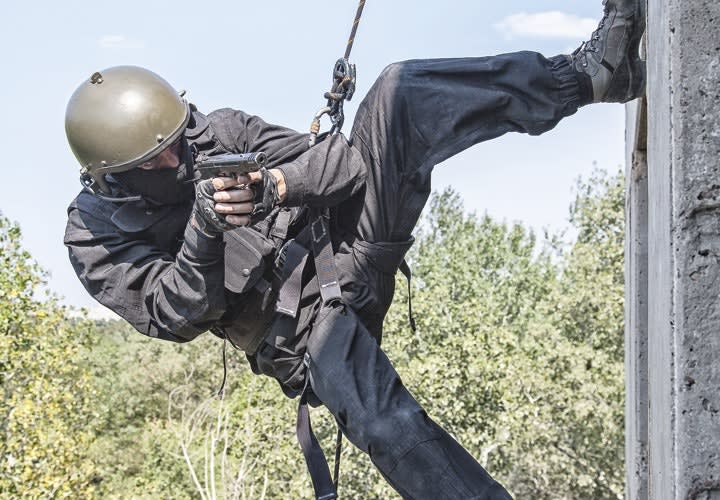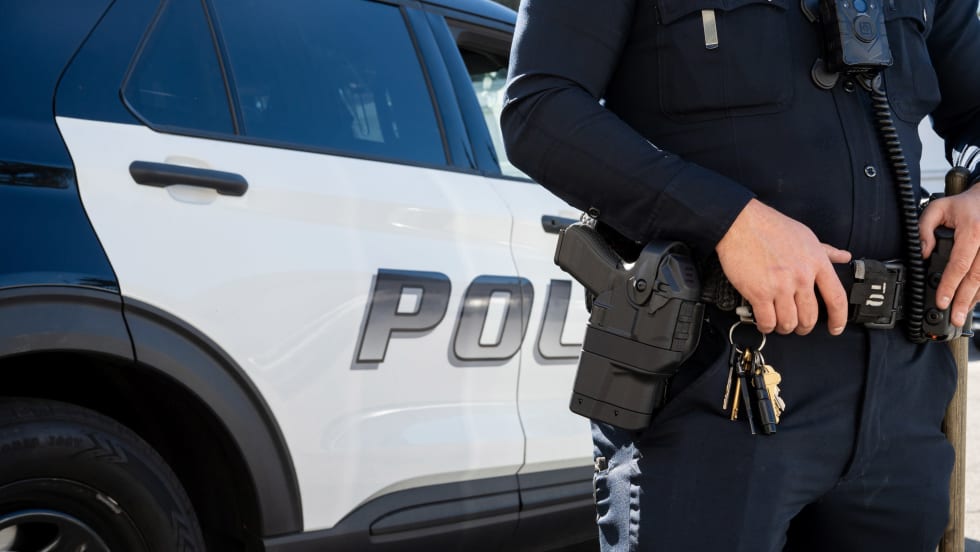When an officer dies in a training accident, it is incumbent upon us to do our research before we train or drill. My review of these rappelling fatalities reveals some of the contributing factors in these cases. They include inadequate skills training for the instructors and individuals, failure to implement a risk assessment and hazard analysis, poor supervision of individuals due to lack of qualified instructors, a breakdown in communications between the instructors and students, and a failure to follow safety procedures, manufacturer guidelines, or good industry practices.
Rappelling is a very effective skill to have, and I believe that a good law enforcement tactical team should have the ability to rappel. A well-trained team can use rappelling for reconnaissance and intelligence gathering, introduction of less-than-lethal, hostage rescue, to gain stealthy access, and to prevent jump suicides. But perhaps the most important benefit of rappelling exercises for tactical teams is team building.
Rappelling is a perishable skill, so training is paramount. The rappelling risk can be minimized by simply following updated procedures, utilizing proper equipment, performing a risk assessment, and most importantly, having trained and qualified people.
Chris Feder Chris, an Army Veteran, has more than 20 years of experience in emergency services, including eight years with the Federal Bureau of Prisons. He served on a regional SORT team for five years. Feder is a rappel master and a technical rope rescue instructor and has written numerous articles relating to rope rescue. He is the rescue training coordinator for the Montgomery County (Pa.) Fire Academy.











